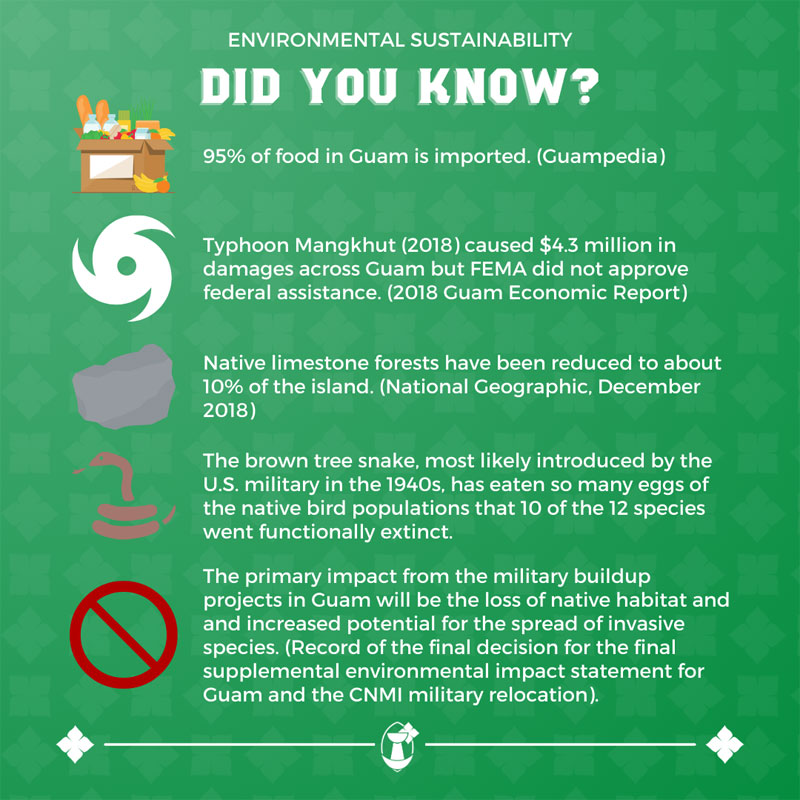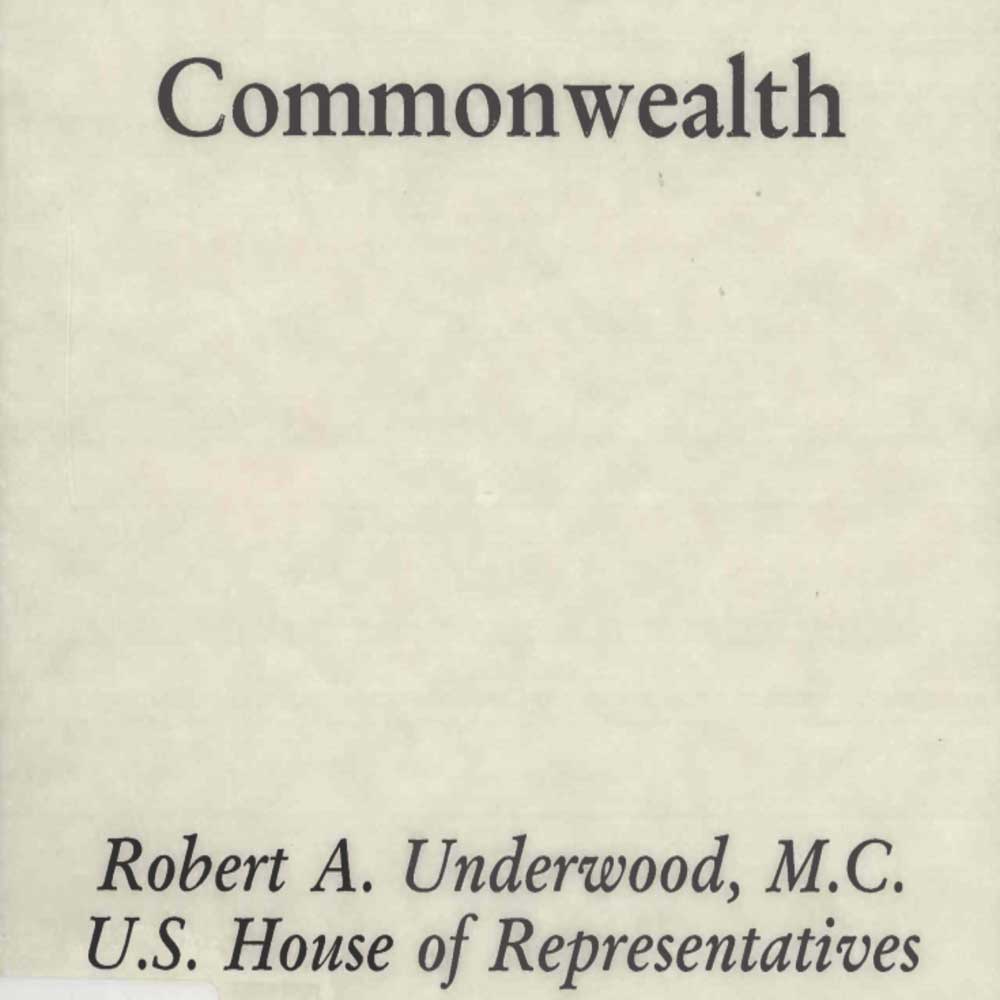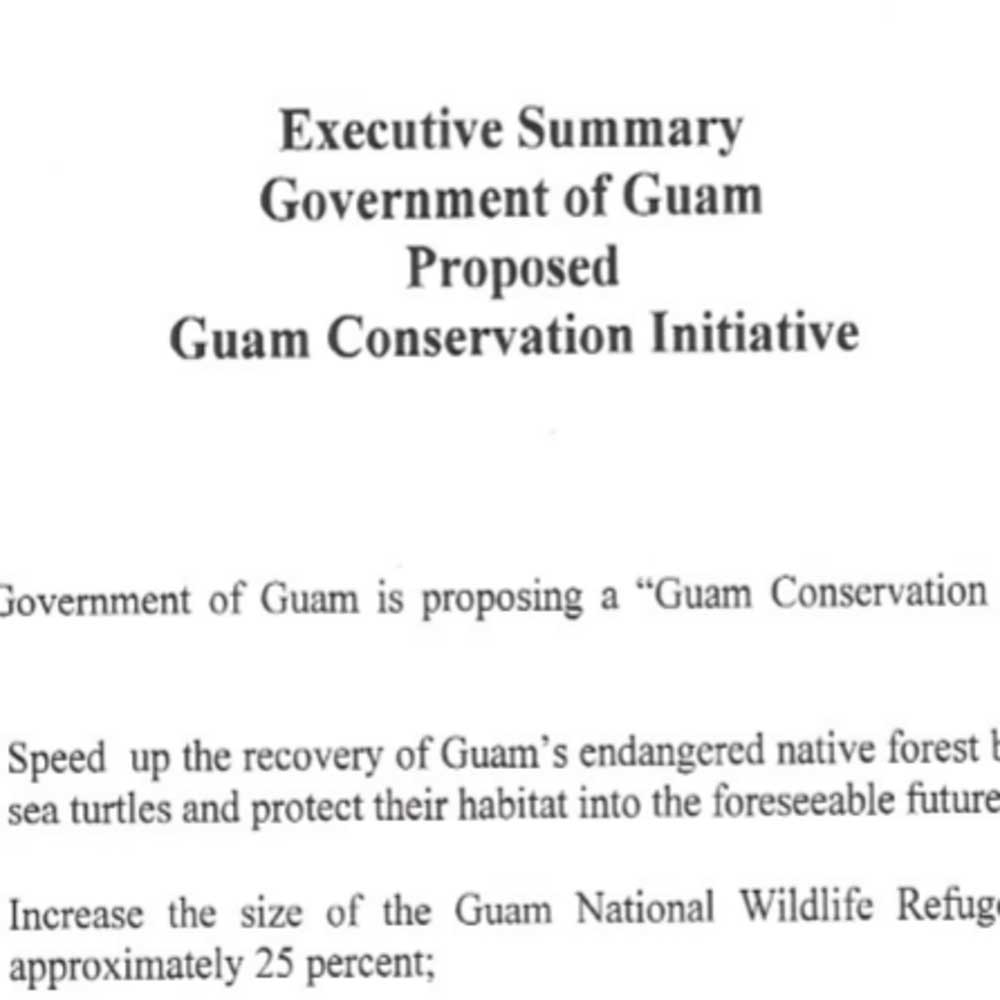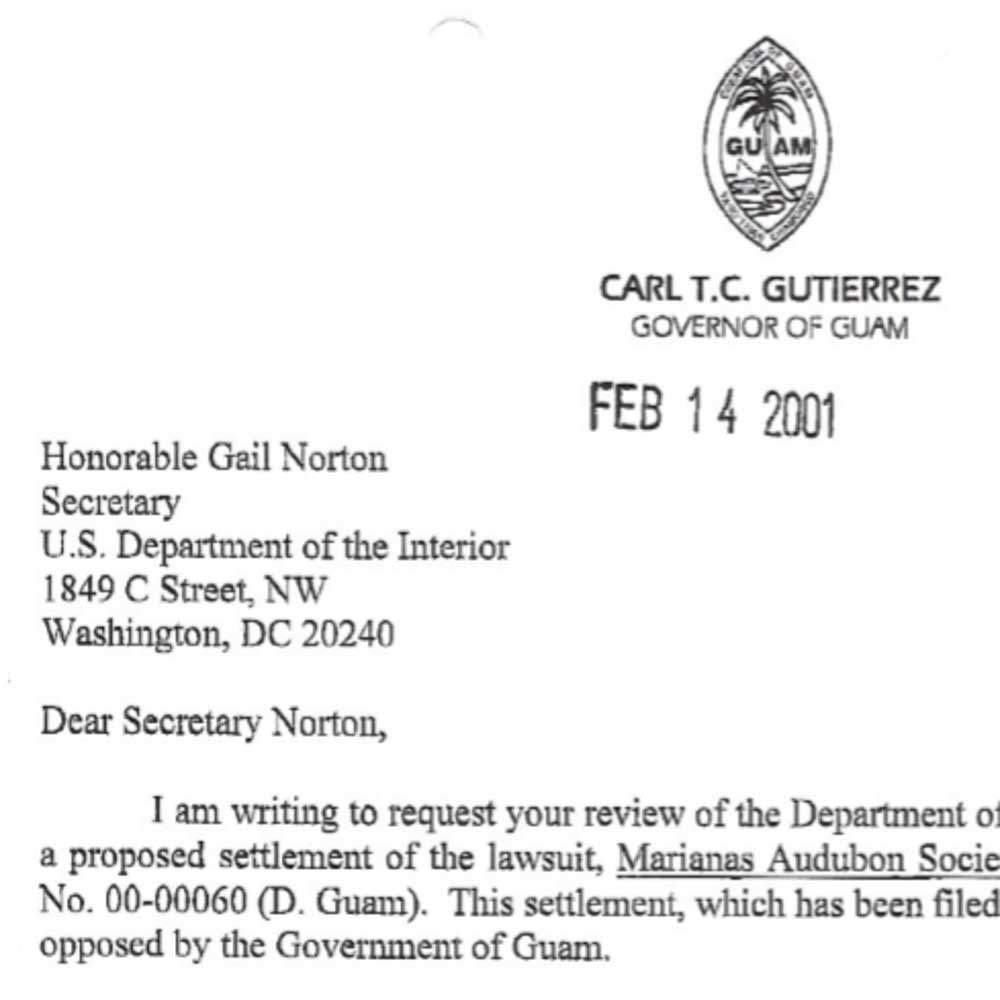Giha Mo'na Environmental Sustainability
Environmental sustainability requires government and private sectors to work together to meet the needs of today’s community without harming the island for future generations. This includes the protection of Guam’s natural resources such as water, air, and land from internal and external threats.
The territory of Guam follows U.S. trade, immigration and defense mandates. This has led to the increased destruction of Guam’s natural resources due to land clearing from military and other construction activities, chemical pollutants in the air and water, and invasive species.
About Environmental Sustainability in Guam
As a territory of the United States, Guam has limited control over governance aspects that directly impact the environment. With the current military footprint and the anticipated Marine relocation to Guam, the island is seeing immediate and drastic changes to the environment. The expected increase in population in the island from military personnel and other migrant populations as well as tourist arrivals will mean increased demand for natural resources as well as energy consumption, pollutants and trash. The government of Guam’s inability to control all regulations related to imports has over time resulted in the introduction of invasive species to the island that have caused serious often irreparable environmental damage. Guam also lacks the ability to develop a national climate change plan that is separate from the U.S. and better meets the specific needs of small islands in the Pacific region. This puts the island at risk from rising sea levels and weather changes.
Did You Know
FURTHER READINGS ON ENVIRONMENTAL SUSTAINABILITY IN GUAM




